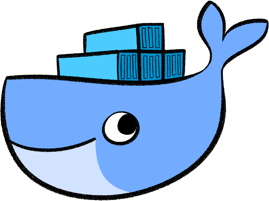Those of you who have perused my blog last year (or talked to me in person) know that I’m pretty stoked about containers. I think they are very cool conceptually and can bring a lot of value to streamlining the development process.
AWS has several options for containers and I wanted to do a VERY high level run through these to distinguish them a bit and maybe whet your appetite to dive into them a little more.

